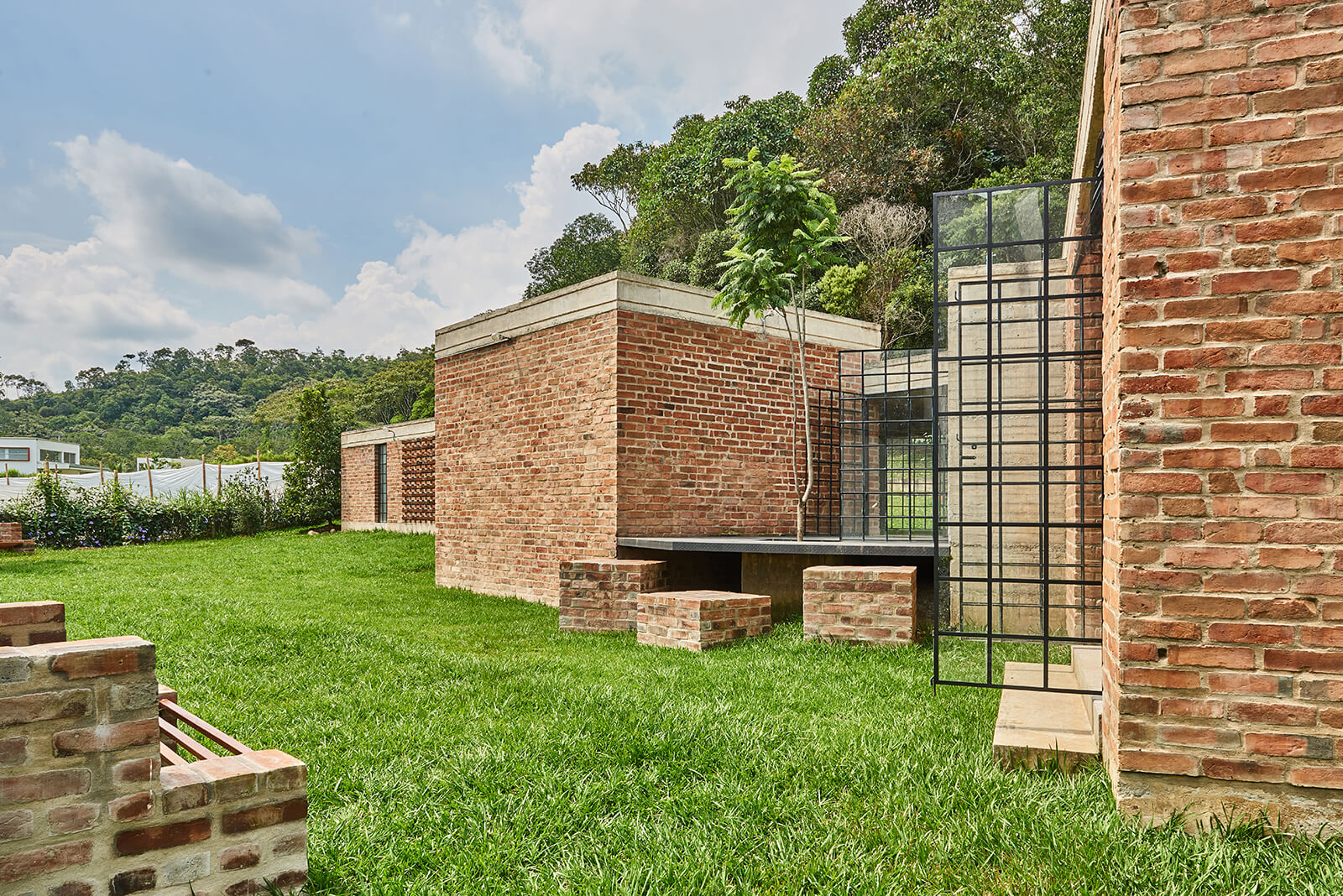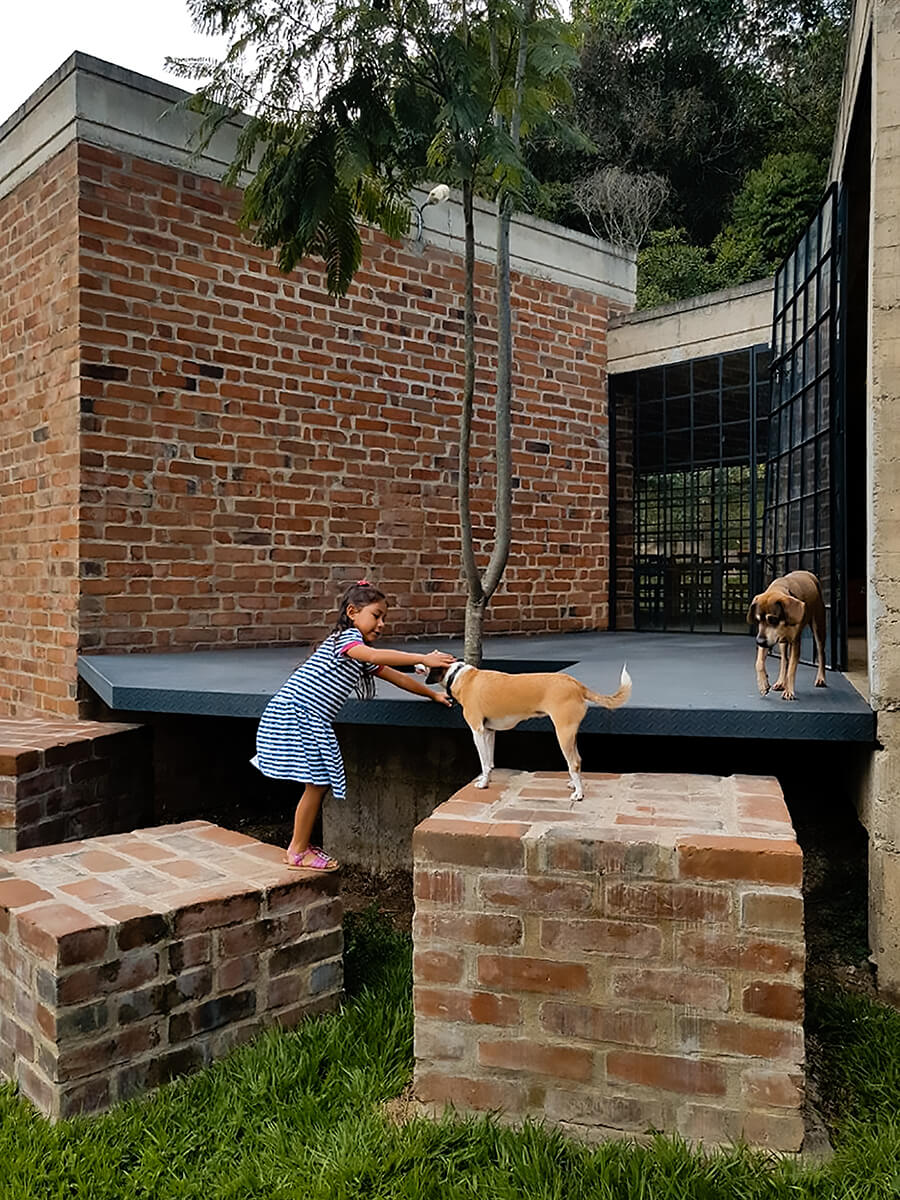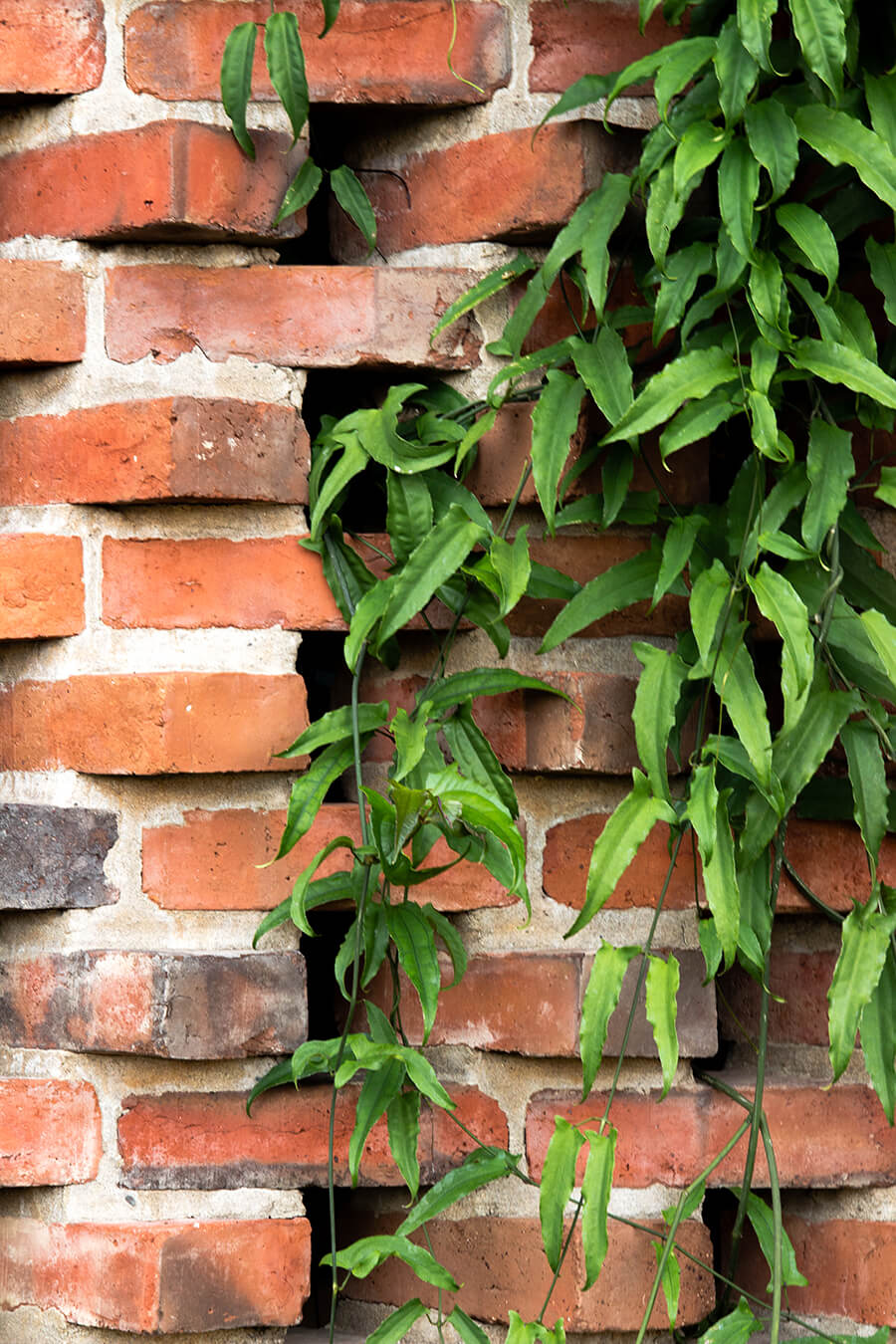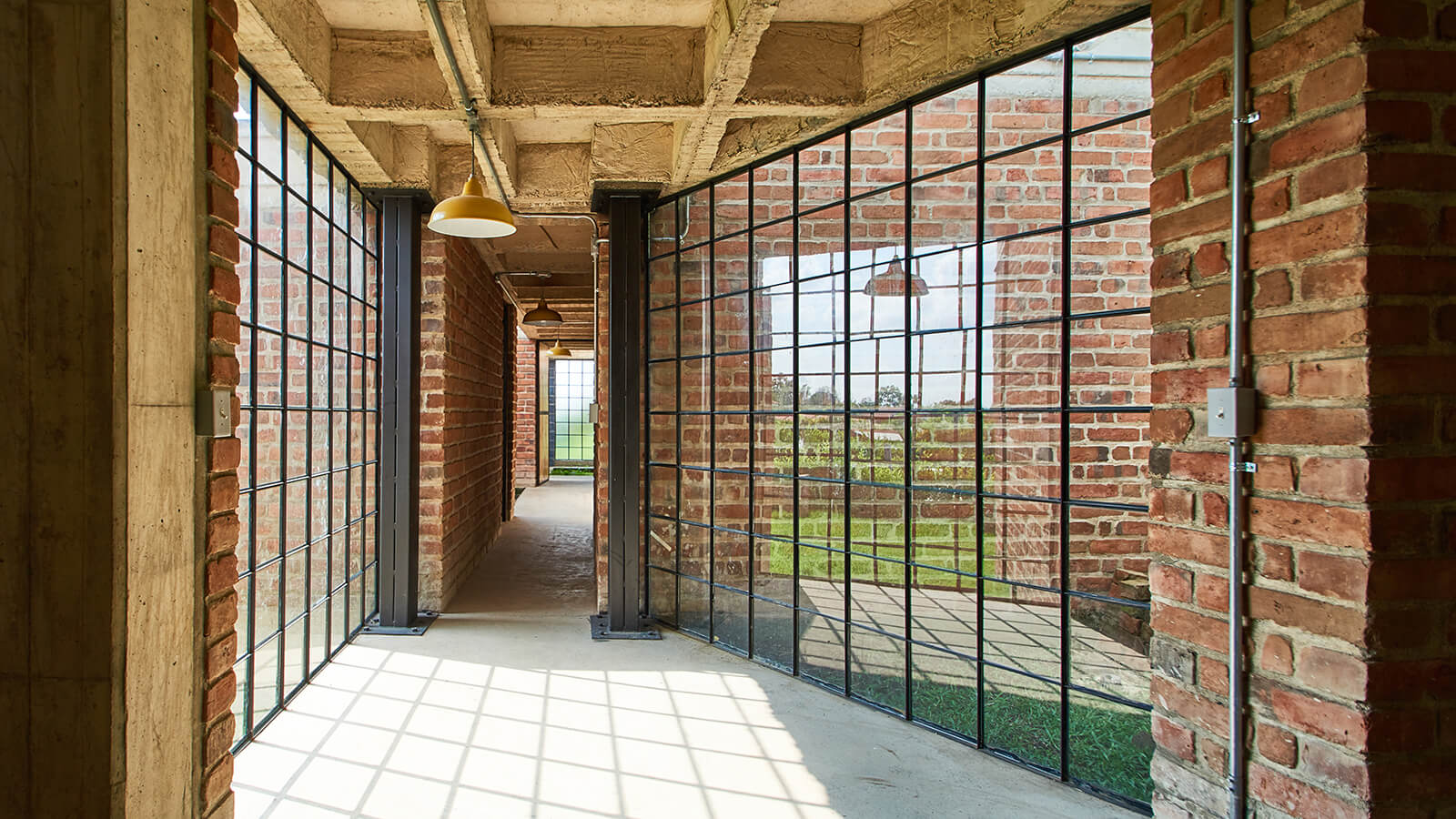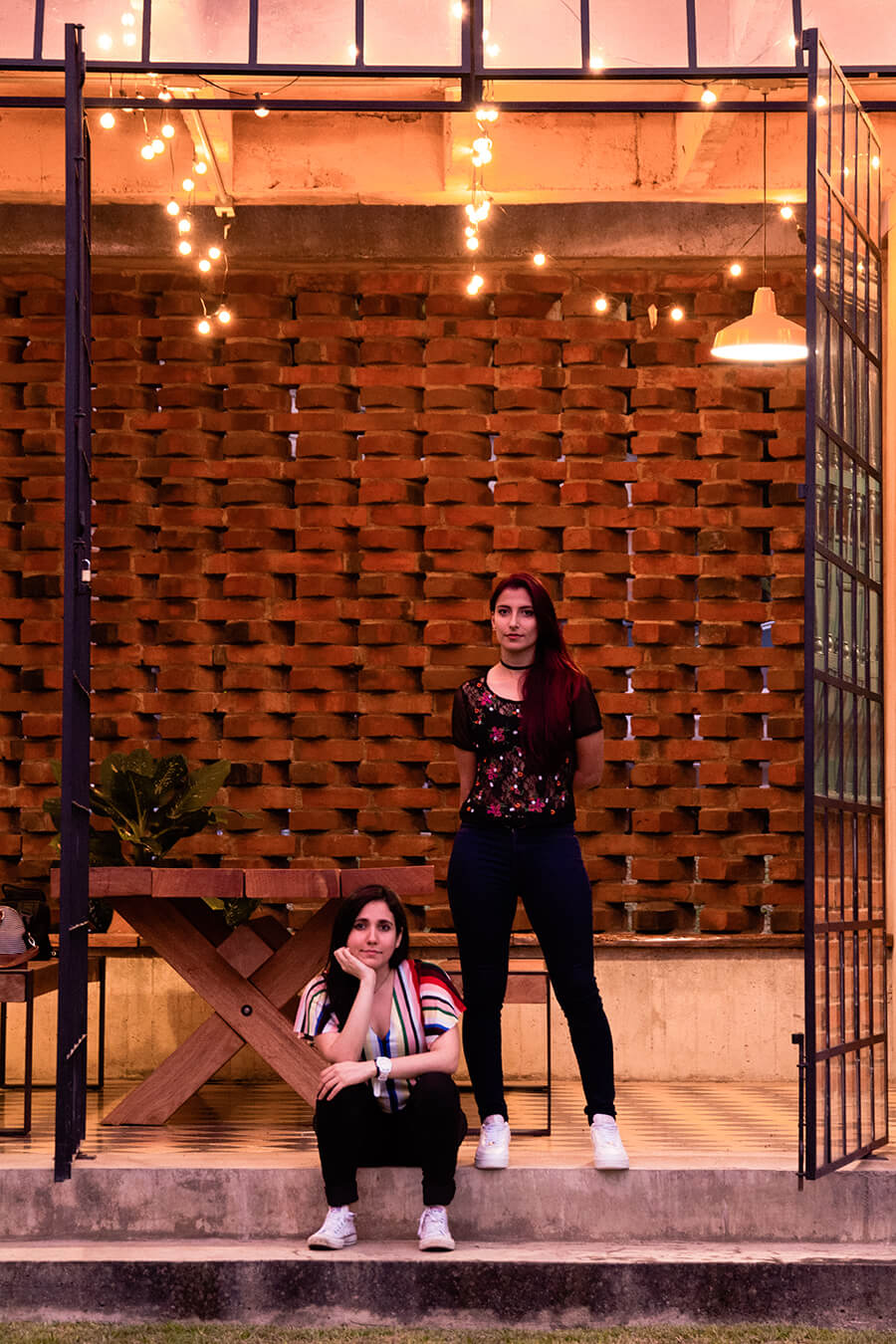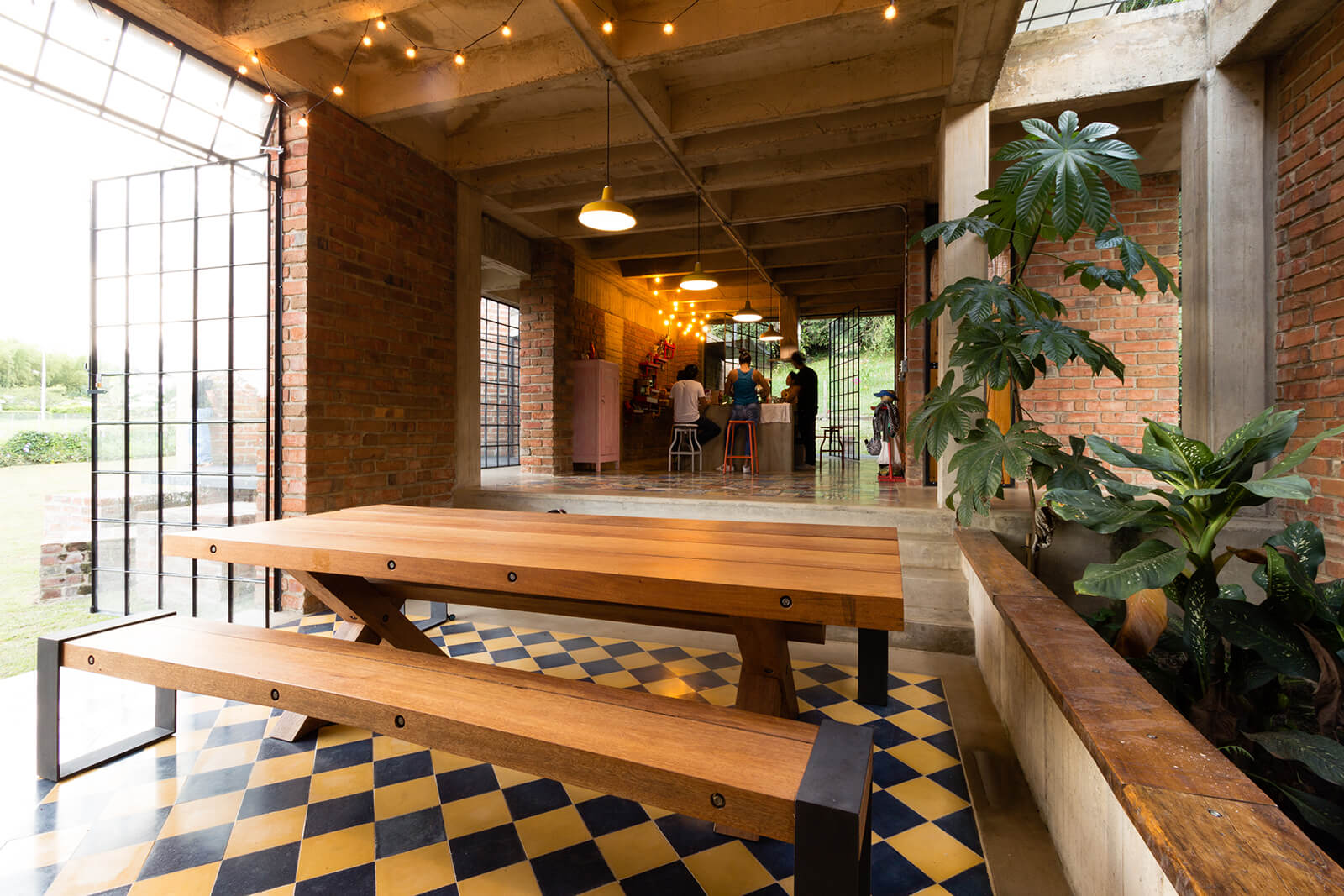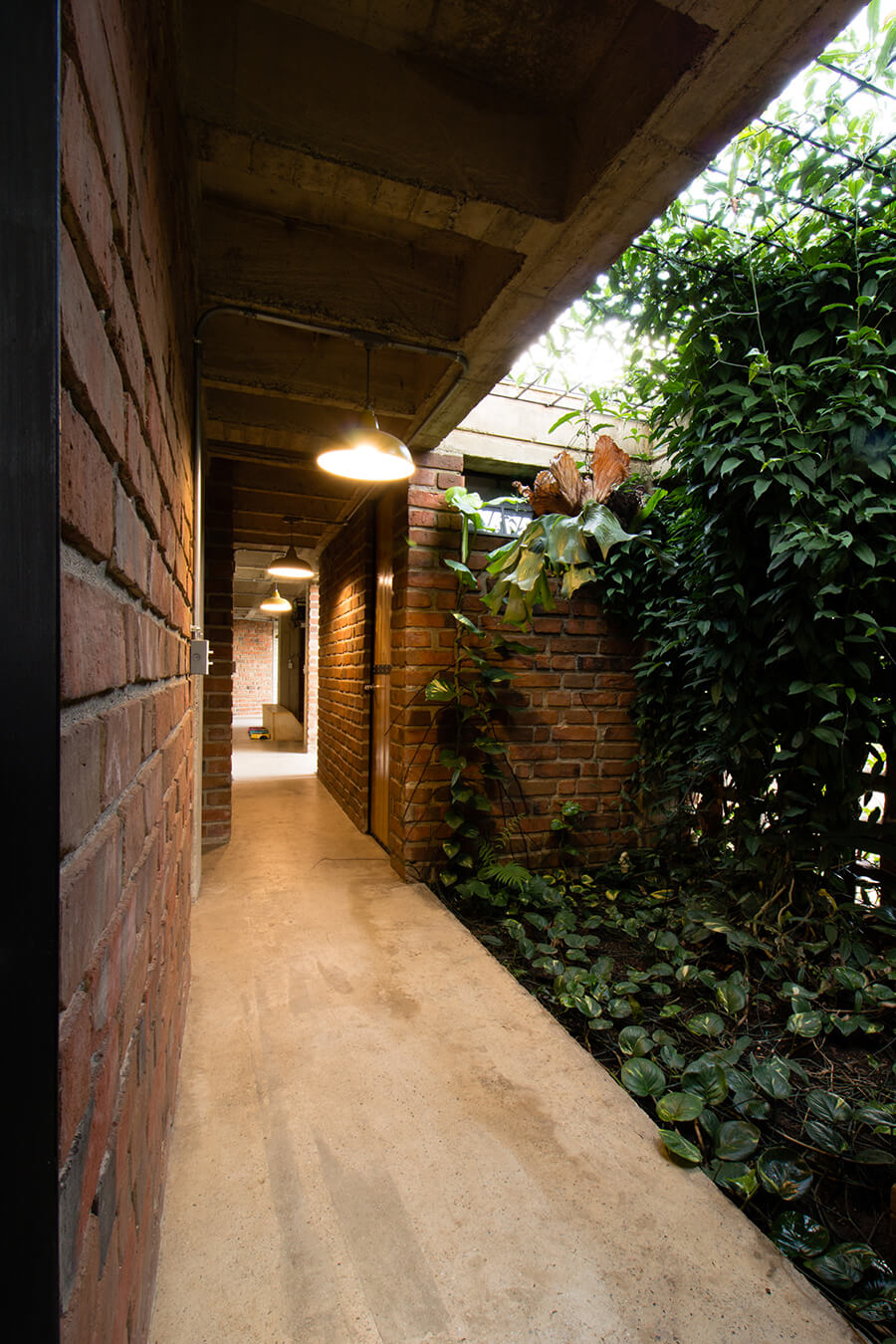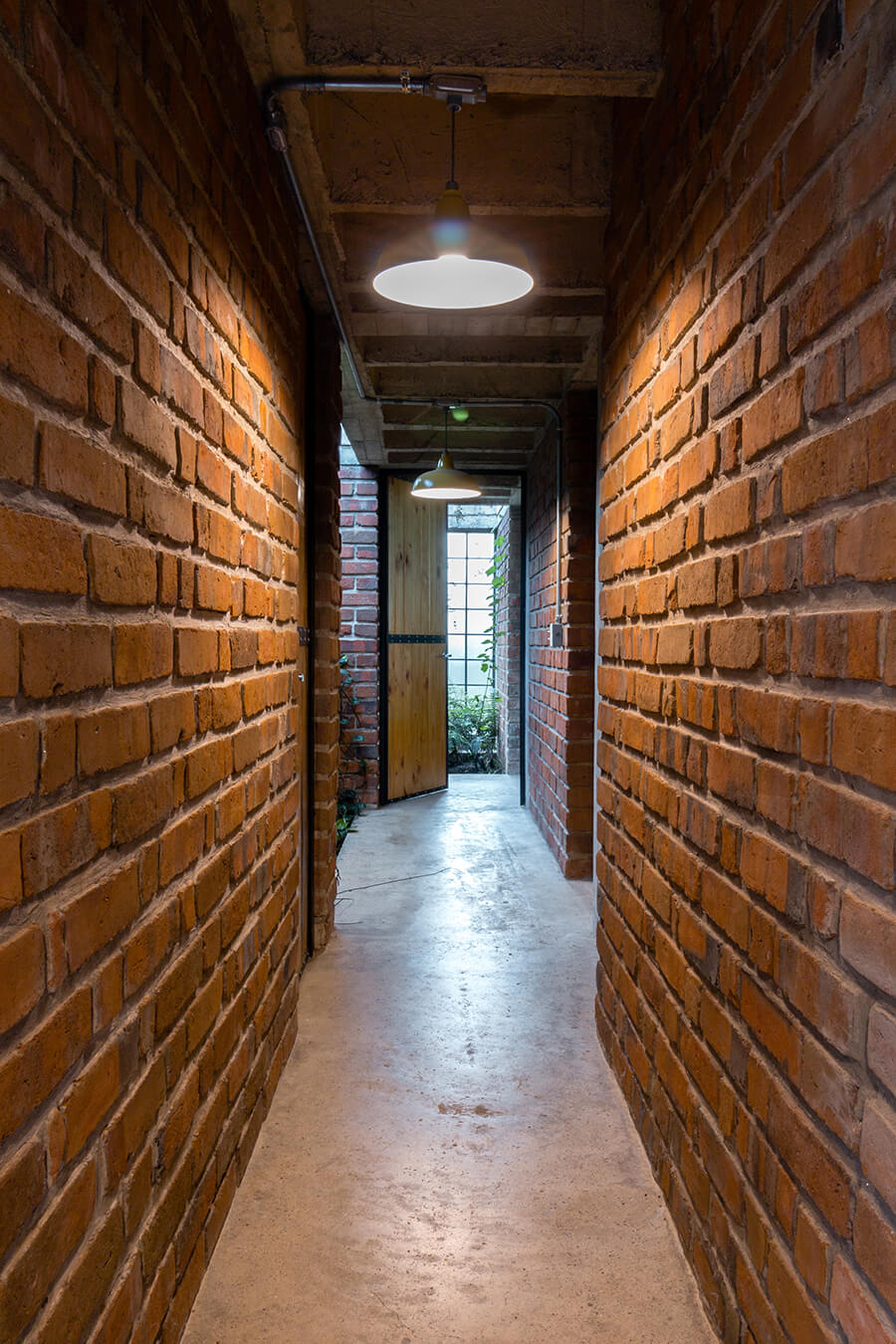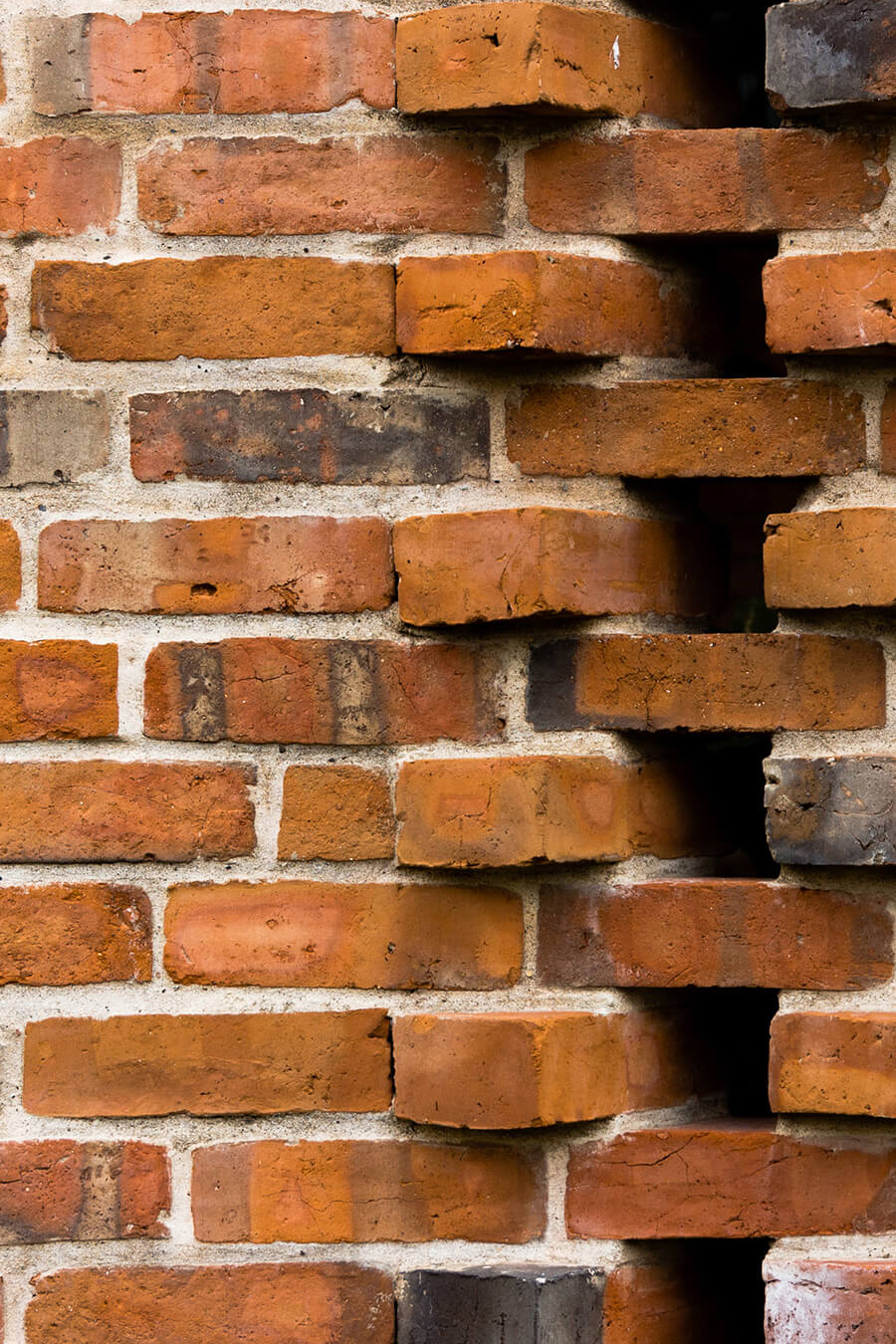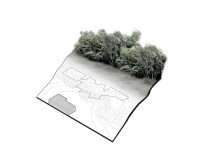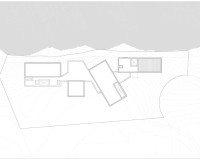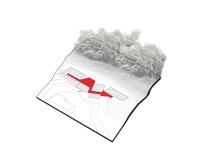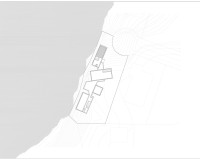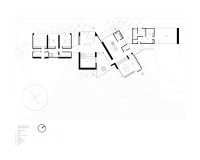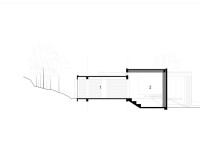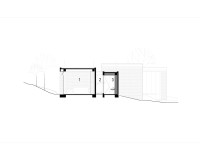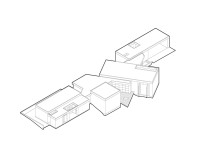Miravalle House / Colectivo720 Architects
Miravalle House / Colectivo720 Architects
Habitat and environment
The house is located in the foothills of the western mountain range at 1.025 meters above sea level, near to Jamundí city and approximately 10km south of Santiago de Cali city, Colombia. The place of the project is next to of a tropical dry forest enjoying the incidence of the katabatic winds from the top of the mountain range.
The house was designed under three main aspects: Formal aspects: the house from its initial stage, incorporated formal elements of the typology of the context, reaffirming its identity and belonging to the place.
Physical aspects: the house from its conception contemplates an adequate physical conditioning-with greater height between slabs and differences in levels with materiality that guarantees durability, comfort, and quality that responds to the climatic conditions of the place where it is located and satisfies the aspirations of the owner.
And Spatial aspects: the spaces of the house are defined by the dimensional, physical-environmental conditions, categories of privacy, formal and degree of versatility, responding adequately to the needs required by the user of the house, that is, housing through its volumetric hierarchy will guarantee a clear spatial differentiation, between space of social order, where the interrelationships of family or friends are developed and private spaces.
Promenade and light
The spaces of the house are linked through a route that begins in the hall and ends in the rooms. During the journey through the house, is experienced a sequence of visuals, that are mainly directed towards the landscape: the forest. The visuals (towards) unto the neighboring properties are controlled and very precise in order to avoid easement towards the interior. During the design process with the owner, were incorporated vernacular and traditional materials, textures, objects, and details, as a respectful sample of traditional Colombian architecture in a contemporary typology house.
In the Miravalle house, natural light atmospherically organizes the spaces and determines through a hierarchy the mode of use of each one of them, in order to contribute to an environment of habitability, functionality, and correct understanding of the bioclimatic characteristics of the place. The various sizes of the openings, the textures, the color of the brick, and the arrangement of the spaces allow experimentation multiple intensities light exalting enhancing its shapes and paths.
Structural and constructive system
With the prevailing need to put forward strategies for the topographic and morphological adaptation of the land and the possibility of its construction in stages, we proposed structurally independent volumes and only connected by subtly located joints that go unnoticed. The walls are superimposed to the structure to drill freely, obeying only an interior spatial search and its relationship with precise views of the landscape. Finally, although the house presents a strong and solid image on the outside, the frame structural system allows a free, versatile and fluid space inside.
Why brick?
The brick used was manufactured by a family business and with artisan methods, providing it with very particular tones, colors, and textures and high phenomenological beauty. we created walls superimposed on the structure combining solid, robust, and perforations sections, through which light filters in the day and makes the house glow at night. in addition, the facade changes in appearance depending on the observer´s point of view, not just from transparent to opaque, but also in cross ventilation. The use of brick as the predominant material was due to the possibility of incorporating local labor, its minimal maintenance, durability over time, beauty in its finish, a traditional image in the region, and environment sustainability.
Extra Info
| Size: | 250 m² |
| Client: | Juan Manuel Arango |
| Design: | Architect Mario Fernando Camargo Architect Luis Orlando Tombé |
| Team: | Andrés Felipe Álvarez, Stephanny Fiat, Fiorella Gómez-Silva, Ángela Carvajal, Gabriel Romero, Cesar Aragón Carvajal, Guillermo Buitrago |
| Construction: | Vicente Ramos |
| Structural engineer: | Francisco Echeverry |




